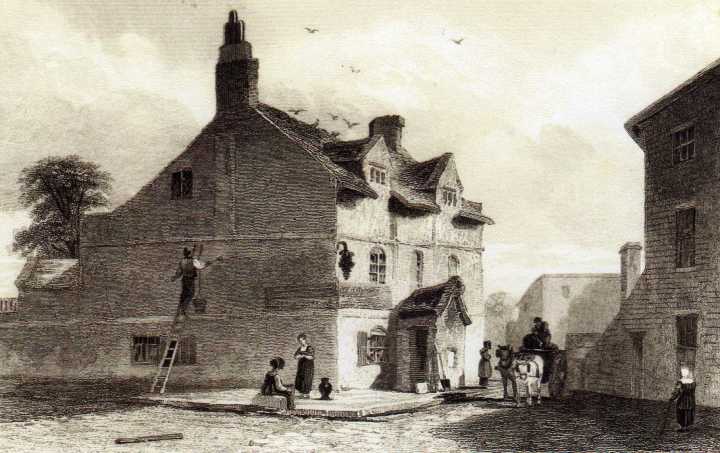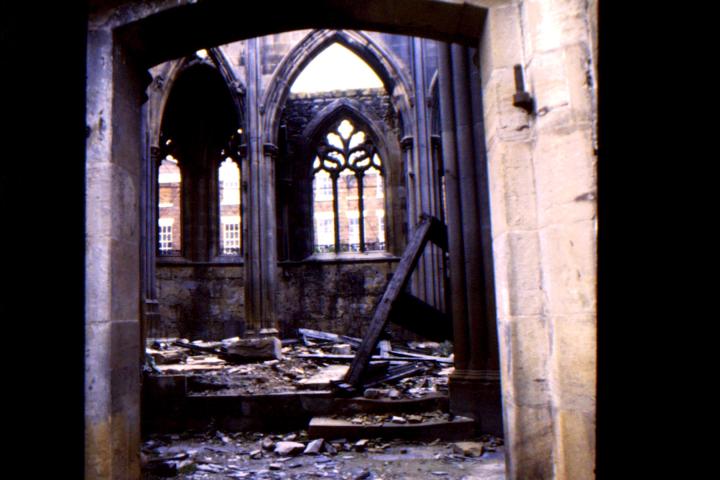One valued feature of our streetscapes is the red telephone box. Designed by the architect Sir Giles Gilbert Scott they are usually described as ‘iconic’ but apart from anything else they are simply a good design which fits so comfortably in our minds of how the world should look. By far the most popular and widespread version is the K6. The original prototype was made in 1924, the K6 is a slightly smaller design dating from 1935. The first versions of this carried a Tudor crown, after 1953 they featured the crown of St Edward used in the coronation.
But while a red telephone phone box undoubtedly has a place in many people’s affections it is unlikely that many people really have any use for them. I would think you have to be aged at least 40 to remember what it was like to need to find a phone box or be distraught at finding one and then discovering it didn’t work or having to stand outside waiting for one to be vacated. These days you are as likely to see one as a feature in someone’s garden as you are on the road but you do still see some of them in their original surroundings.
In fact their numbers have dropped dramatically in recent years. The total number of public pay phones in Northern Ireland is now 1,660 of which just 184 are red telephone boxes. Or at least that was the figure given in 2018, and even that is a reduction of 17 from just two years before that. BT have an ‘adopt a phone box’ scheme and this is quite big in some places where the boxes can be used as bars, coffee shops even libraries. I am not sure how much take up of this there is in Northern Ireland but a particularly useful adaptation is to use them to house defibrillators of which there is an example in county Down, although not in a K6 box.
Some red telephone boxes are now listed buildings and 27 are listed in Northern Ireland. There are places where they are seen as essential features of the landscape, their disappearance would be missed and they remain popular with tourists from overseas. But it is hard to avoid the suspicion that they are very largely redundant in terms of their original purpose. They were once essential and must have been particularly important in rural areas. I remember once – before the advent of the mobile phone – breaking down in the car near Rademon. I had to knock on someone’s door to call the AA. Even then it would have been a long walk to the nearest payphone in Crossgar but in county Down there are still some examples of the K6 red phone boxes in their original positions.
But yesterday, as I travelled around county Down, I kept an eye out for telephone boxes and determined to record some of them while they are still there. So we start in Ardglass where a K6 box sits in front of Jordan’s Castle.

This is actually a listed building, but whether it complements Jordan’s Castle I leave to others to decide. A close inspection of it reveals a high degree of dilapidation, there is no glass at all in one wall, and the interior, even if the phone still works, does not look at all inviting.


With a view of the harbour at Ardglass
The phone box in Ardglass is one of only two K6 boxes listed in this part of county Down. The other is in Strangford. Apart from the fact that the box in Ardglass has a moulded Tudor crown and so must date from between 1936 and 1953 I am not sure what criteria was used to ensure that those two were listed and not the other two that I pass quite frequently. Near Ballee is the only red phone box which I saw which is clean, well-maintained and looks entirely usable. It sits at its rural cross roads and looks entirely fitting. It would seem to me to have a higher claim to being listed.

The phone box at Ballee
At Woodgrange, in a very rural area, there is a splendid view across the fields to the mountains of Mourne.

The view at Woodgrange
There is also a K6 phone box which like a medieval ruin is gradually being reclaimed by nature and which fits into the landscape itself in quite a charming way.

Ivy creeps in and out of the box and I didn’t attempt to open the door. Partly this was because it looked like it hadn’t been opened in years but also I didn’t want to interfere with the delicate ecosystem which seemed to be developing inside. There was a modern card phone unit but the place was filled with cobwebs. To misquote C.H. Spurgeon slightly, it looked like a good place for spiders.


A few miles away at Kilmore there is a more modern box, what is known technically as a KX100. Presumably, given its location with more housing around it, it gets more use but it does not look particularly well maintained.

Kilmore
And in Crossgar there are two KX100s, although one is converted, usefully, to a place to house a defibrillator.

Crossgar
The KX100 is not a very attractive piece of street furniture but they are cheaper to erect and maintain than the old K6 boxes. But they can never give the kind of visual appeal that comes from Sir Giles Gilbert Scott’s design. Only about 20% of the original K6 boxes survive over the whole of the UK so it is nice to know that at least some remain in rural county Down.

Woodgrange














































